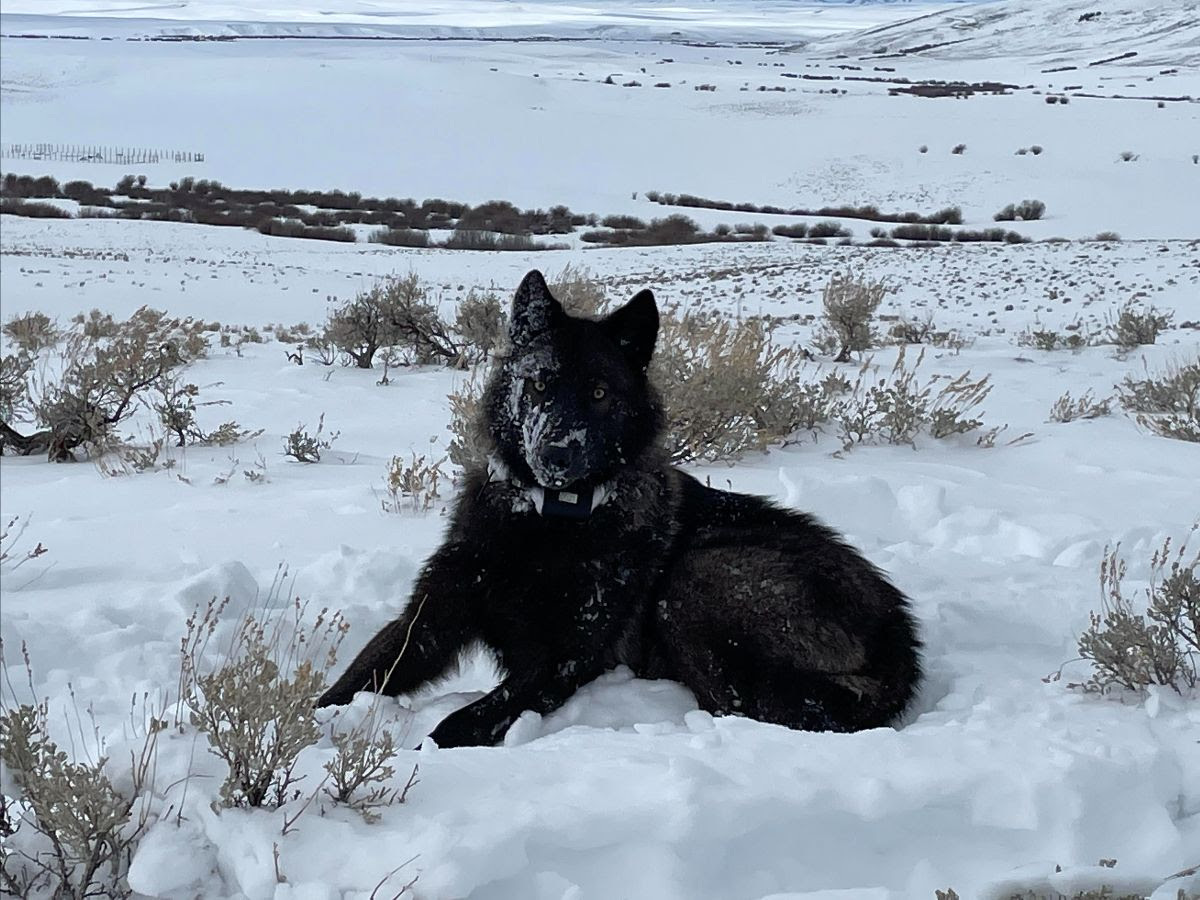
In 2020, wildlife and conservation groups applauded Colorado voters for narrowly approving an initiative requiring the state to reintroduce wolves to the Western Slope.
Many environmental advocates saw the measure, which requires the state to release wolves by the end of 2023, as more than an opportunity to turn Colorado into a wolf haven. By mandating reintroduction on the ballot, they hoped to establish a democratic model of animal conservation led by voters instead of wildlife officials accustomed to helping ranchers and hunters.
The state now has less than a year and a half to put "paws on the ground." As Colorado Parks and Wildlife prepares to carry out the task, a group of 14 environmental organizations claims hunters and ranchers have once again dominated the planning process.
The coalition isn't waiting for the state to shift course. On Monday, it released an alternative plan to establish a "self-sustaining, robust population of wolves" in Colorado. It plans to present the document to state wildlife commissioners at their upcoming meeting in July.
Lindsay Larris, the wildlife program director at WildEarth Guardians, said the plan details many points the state has yet to fully address, including a wolf population goal, reintroduction areas, compensation for lost livestock and other management guidelines.
"We wanted to put out an aspirational vision of what wolves could bring to Colorado in contrast to an ongoing process really focused on the negative impacts of wolves," Larris said.
After voters approved the measure in 2020, Colorado Parks and Wildlife has established two committees to advise its wolf reintroduction efforts. One is the Stakeholder Advisory Group, a panel of local leaders, ranchers and conservationists appointed to assess the social impact of wolf reintroduction. A set of biologists and other experts sit on the Technical Working Group, a panel appointed to recommend the best methods to release and manage the predators.
Larris said environmental groups and the public have been locked out of the planning process. The Technical Working Group, for example, doesn't allow observers and publishes meeting minutes after deliberations conclude.
The Stakeholder Advisory Group allows testimony but doesn't record its meetings. After a participant tried to record a June meeting of the Committee, Heather Dugan, the acting director of Colorado Parks and Wildlife, amended its charter to ban participants from making any audio or video recordings. In a memo explaining the amendment, Dugan said recordings could chill participation in discussions and that group members were concerned recordings could be shared or posted to social media and would lead to threats, intimidation or embarrassment.
Colorado Parks and Wildlife spokesperson Travis Duncan disputed any assertion that environmentalists have been excluded from the planning process, noting members of wolf conservation groups are members of both committees.
Wolf population goals have become another point of contention. At the moment, Colorado law protects gray wolves as a state endangered species, which prohibits anyone from hunting the animals and limits options for scaring off, relocating or killing the animals.
At a June wildlife commission meeting, Eric Odell, the species conservation program manager for the parks and wildlife agency, told commissioners the technical committee had recommended plans to reduce protections as Colorado's wolf population grows.
If wildlife managers count more than 50 wolves in four successive winters, the species would be downgraded from "endangered" to "threatened." At that point, the state would be able to kill wolves that have a documented history of preying on livestock. After a count of 200 or more wolves, commissioners could consider whether to allow regulated hunting, under the committee’s recommendation.
The plan from environmental groups calls for far more wolves in Colorado. It identifies 12 regions fit for the introduction of an initial wolf breeding pair, including Rocky Mountain National Park and several wilderness areas. Through natural migration, one pack has already established itself in the North Park mountain valley near Walden, Colo.
In order to guarantee a self-sustaining population, the coalition suggests a minimum population of 150 packs or about 750 wolves. It recommends those estimates as a threshold for downgrading the protective status for gray wolves and allowing any lethal management.
"We don't want a wolf population that's so small it's going to die off in a generation," Larris with WildEarth Guardians said.
A recent court decision to relist wolves as a federally endangered species further complicates the debate. To manage the reintroduction effort, Colorado Parks and Wildlife is working with the U.S. Fish and Wildlife Service on a permit to give the state more authority over the species. Previous wolf reintroduction efforts in the U.S. have been managed under similar permits.
If all goes according to plan, state wildlife staff have told commissioners they will release a draft of a reintroduction and management plan this December. A public comment period will follow.








